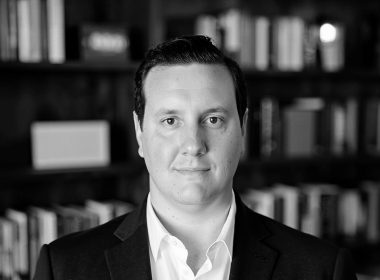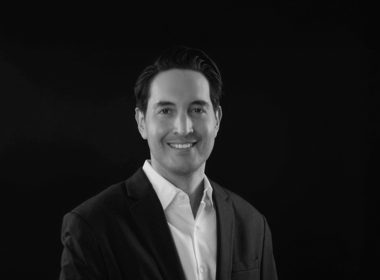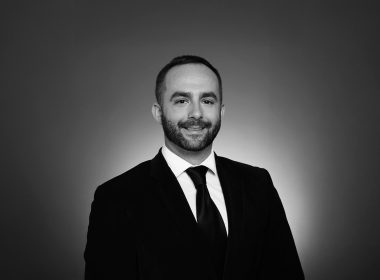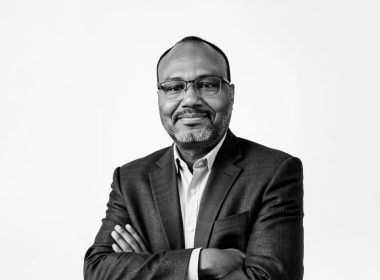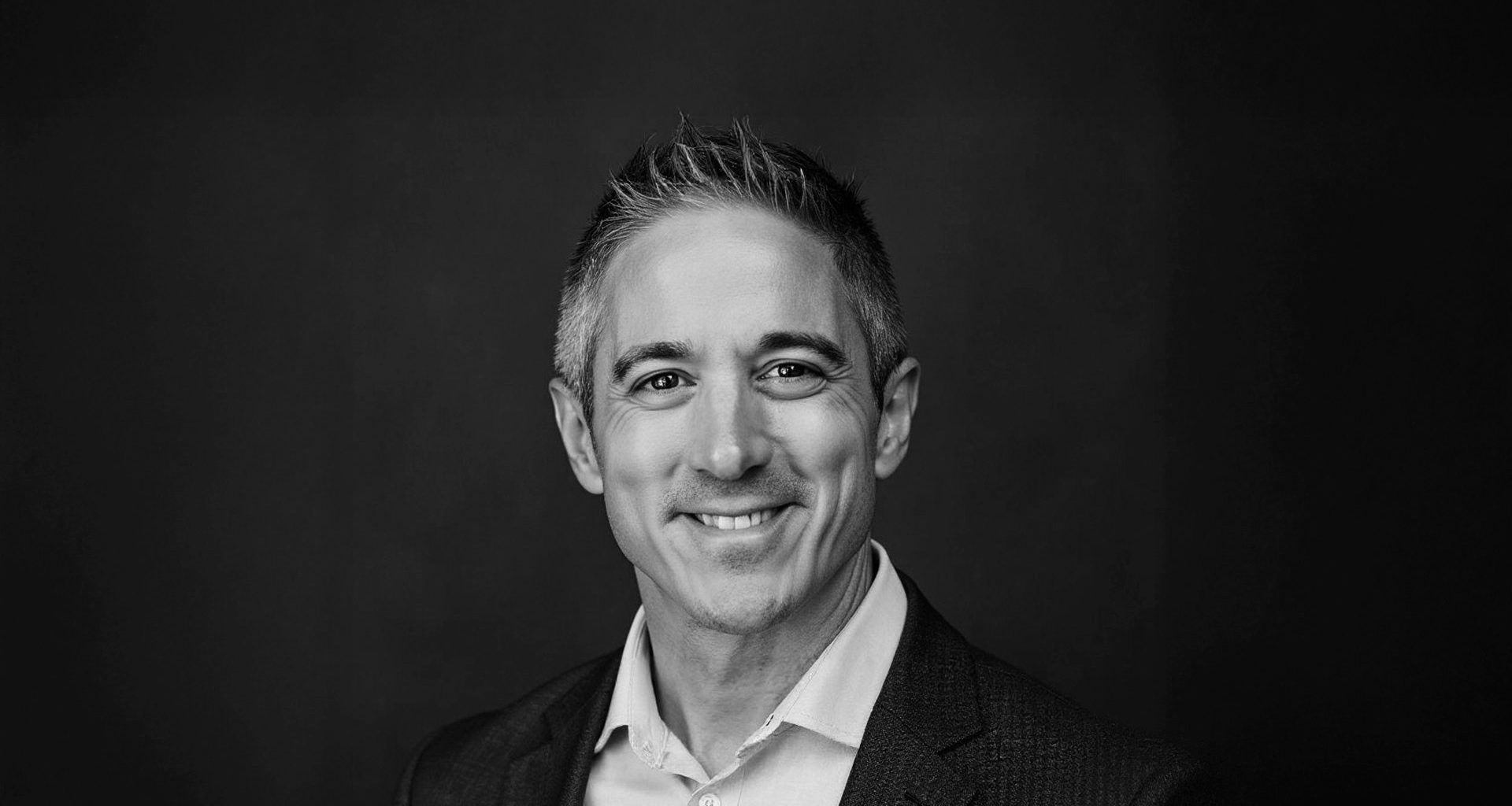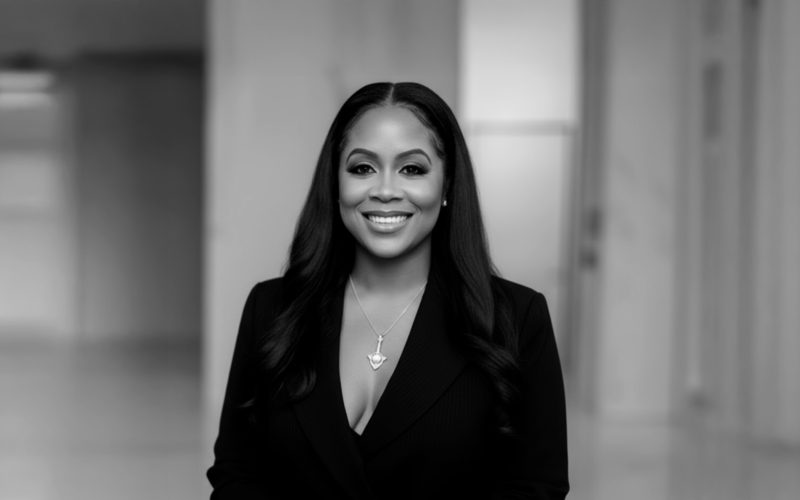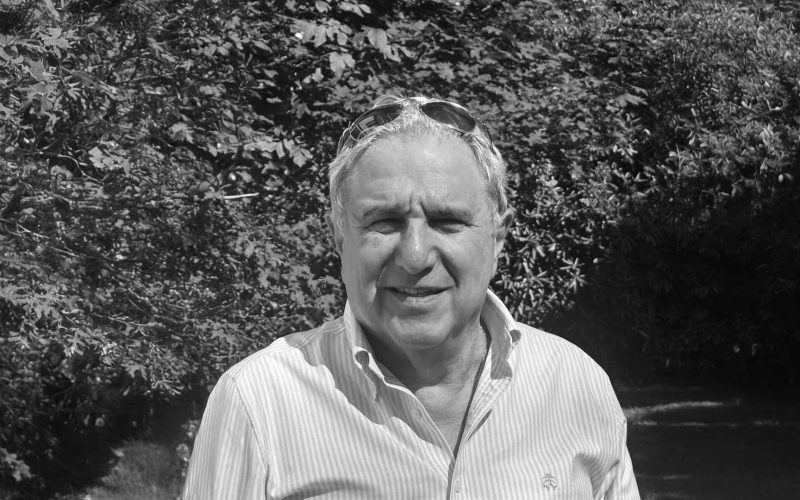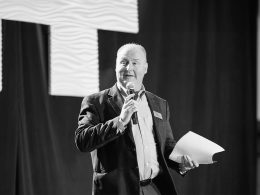Change keeps coming faster than most leaders know how to handle. What used to happen occasionally now feels like it never stops. Teams are tired, executives are scrambling, and everyone’s trying to figure out how to keep moving forward when the rules keep changing. Noah Boudreaux, COO at MESH, thinks that’s exactly the point. Leading through change isn’t about waiting for things to calm down anymore.
Understanding Change as a Constant
Here’s what Boudreaux sees happening across most workplaces right now. “We all know things are moving at a different pace nowadays, and it’s not slowing down anytime soon,” he says. So, waiting around for the dust to settle? That’s no longer an option. His job at MESH means dealing with this reality every single day. There’s something else Boudreaux watches for that most leaders miss. Lots of activity doesn’t always mean you’re actually getting anywhere. “I constantly drive alignment, navigate transformation, and make sure we don’t confuse progress with movement,” he explains. Teams can stay busy all day and still end up running in circles if nobody’s paying attention to what actually matters.
Most executives spend their time reacting to whatever change hits next. He takes a different approach. “To be a successful leader today, we don’t just adapt to change, we lean into it,” he points out. That takes a significant shift in how you think about your role. You can’t just brace yourself for change. You’ve got to go looking for it. He’s built his leadership style around three principles that actually work when things get messy. These aren’t ideas he read in a book somewhere. They’re what keeps his team at MESH moving forward when everything else is shifting.
Normalize Discomfort
Nobody enjoys feeling uncomfortable. That’s human nature. But Boudreaux thinks that’s exactly when the important stuff happens. “Change is uncomfortable. We all know that. And that’s okay. In fact, it’s necessary,” he says. Most leaders try to smooth over that uncomfortable feeling as fast as possible. He doesn’t. The trick is knowing what discomfort actually means. “A strong leader knows how to recognize discomfort not just as a warning sign but as a signal of growth,” Boudreaux explains. Could be new technology nobody knows how to use yet. Could be restructuring a team that’s worked the same way for years. Either way, someone has to show the team how to handle it. “You have to get comfortable with being uncomfortable. Set the tone and your team will follow,” he adds. When the boss treats discomfort as part of the job instead of a crisis, everyone else relaxes.
Embrace Curiosity
Many executives think they need to have all the answers, especially when things are uncertain. He disagrees. “Good change leaders aren’t afraid to say they don’t know. They ask questions,” he notes. Turns out admitting you don’t know something opens more doors than pretending you do.
He pushes this further at MESH. “They challenge assumptions and seek input from every level. Curiosity opens the door in so many ways,” Boudreaux says. The pressure to know everything? It’s mostly self-imposed. “No one is expected to have all the answers. So open up, inquire, and be open to continual learning,” he suggests. When leaders stop pretending they have it all figured out, better ideas start showing up from unexpected places.
Communicate Frequently
Teams get anxious fast when they don’t know what’s happening. Boudreaux learned this the hard way. “When leading change, communicate often because anxiety sets in quickly when a team is unclear,” he emphasizes. You can’t over-communicate during change. Most leaders don’t talk to their teams nearly enough. Perfect plans aren’t the point. Honesty is. “Be transparent about the why, even when the path isn’t perfectly straight,” he advises. People can handle not knowing exactly where they’re going if they understand why they’re moving. The real anchor is staying consistent about what matters. “With ongoing change, be prepared to navigate a lot of unknown, but be consistent with your why and you’ll stay grounded,” he adds.
The whole point isn’t just surviving until things get easier. Boudreaux puts it simply: “Change isn’t something to survive, it’s something to lead. When you approach it with curiosity, clarity, and steady communication for your team, you build a culture that thrives no matter what comes next.” His approach works because it deals with reality instead of fighting it. Change isn’t slowing down. Leaders who figure out how to work with that fact instead of against it will come out ahead.
Connect with Noah Boudreaux on LinkedIn or visit his website to explore more insights on leading teams through ongoing transformation.

